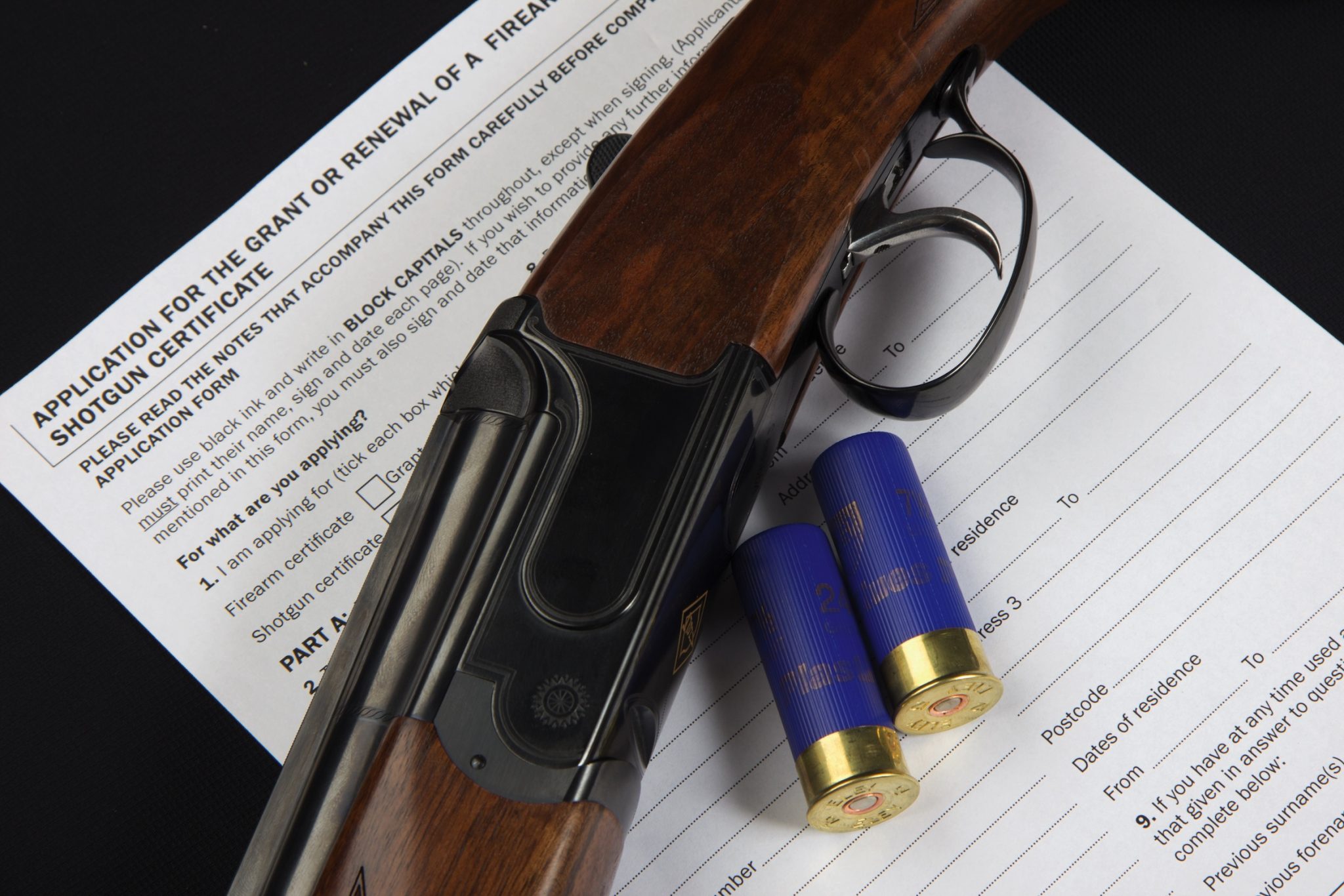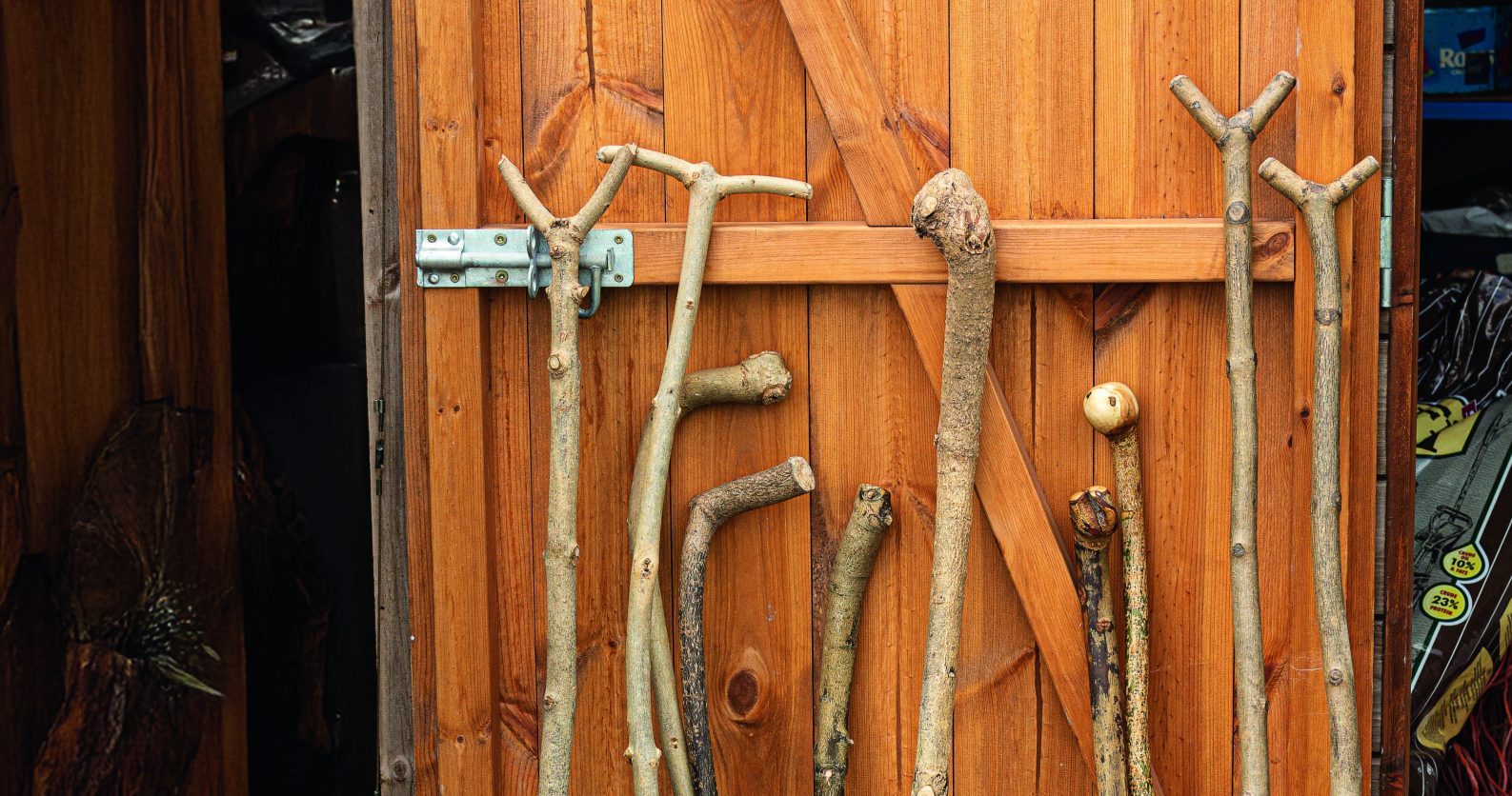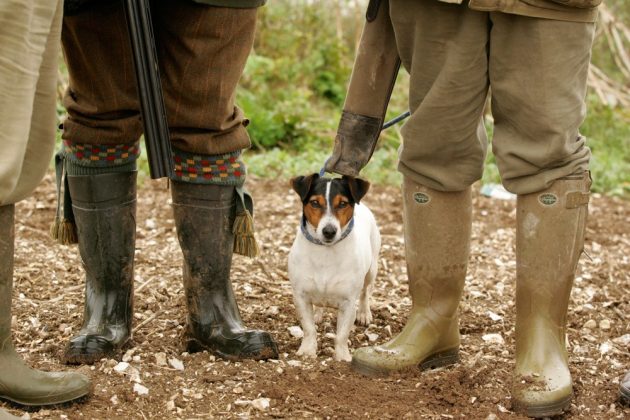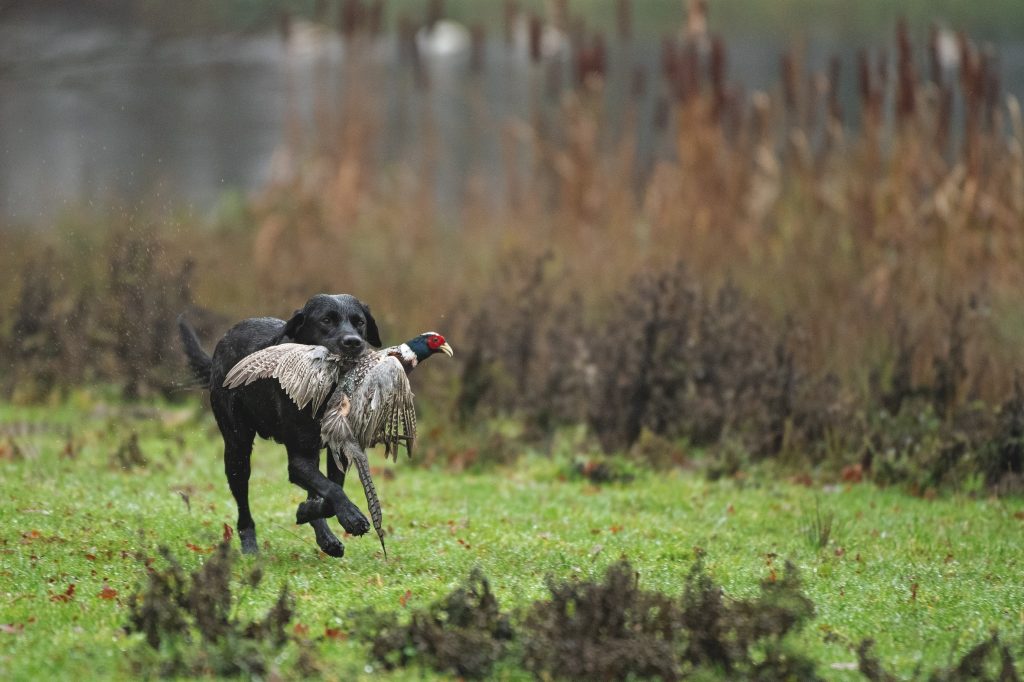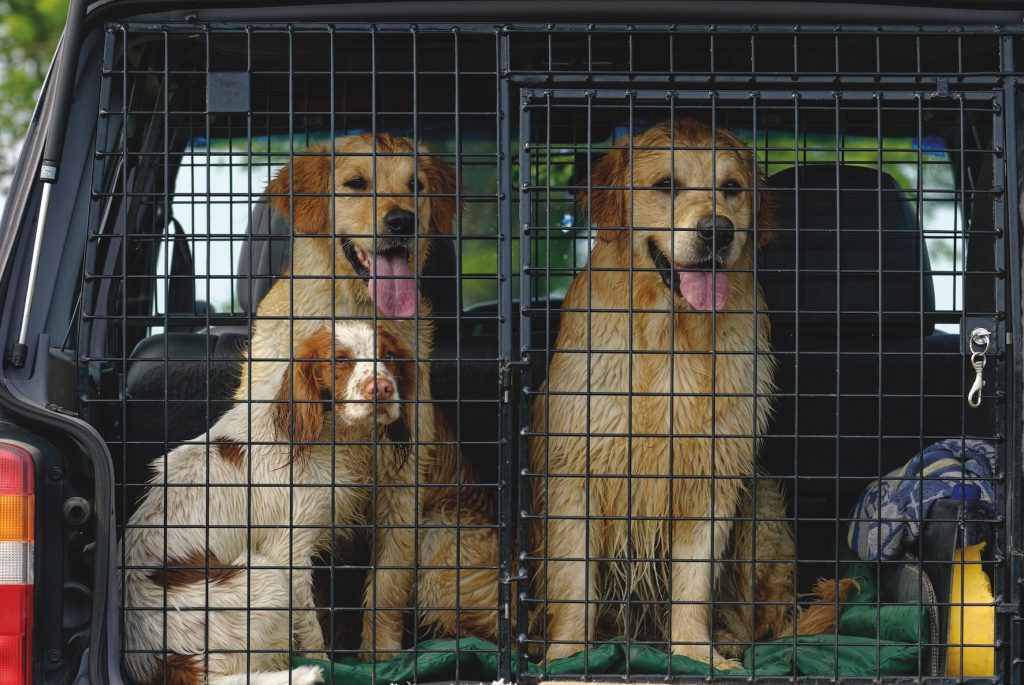Win CENS ProFlex DX5 earplugs worth £1,149 – enter here
What you should know about slip leads and how to use them correctly
Placing a slip lead on a dog correctly and how to buy the right size
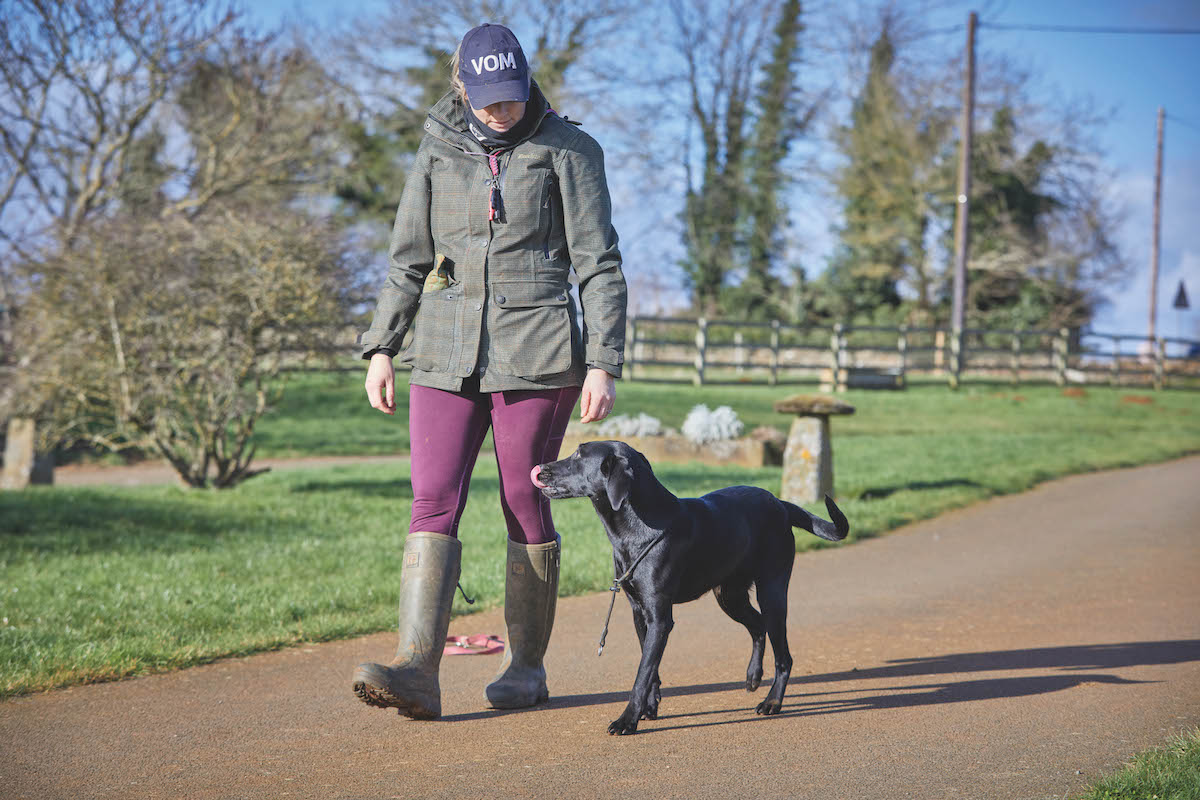 Once the dog is walking nicely on a normal loose lead, I move to a half slip lead. These are really handy when your dog doesn’t always need a lead but it is good to have something to remind them if required. The easiest place to do heel work is always somewhere relatively boring. Somewhere with few distractions. This can be something as simple as scent on the ground. So I do a lot of my initial work on the drive way, road or even inside in the hall if necessary. It is important to only give the verbal ‘heel’ command when the dog is actually AT heel
Once the dog is walking nicely on a normal loose lead, I move to a half slip lead. These are really handy when your dog doesn’t always need a lead but it is good to have something to remind them if required. The easiest place to do heel work is always somewhere relatively boring. Somewhere with few distractions. This can be something as simple as scent on the ground. So I do a lot of my initial work on the drive way, road or even inside in the hall if necessary. It is important to only give the verbal ‘heel’ command when the dog is actually AT heel
Working dogs don’t often wear collars because it increases the risk of them suffering an injury – but a slip lead for dogs that work is essential to have in a pocket. (Read more on do dogs have to wear collars?)
However a slip lead must be used properly, be the right size and length and the handler should have been advised in its use.
When used correctly a slip lead is a straightforward and effective tool for gundogs. It was created as an easy lead to carry so it could quickly be “slipped” onto a dog after work. However, it is very important that a slip lead is used correctly. I am horrified by the number of gundogs I see out in the field with the slip lead on the wrong way round or pulled tight because it’s the wrong size. (Read our list of the best slip leads for working dogs.)
The result is that many dogs gag or start coughing because they are basically being strangled. That is not how to treat your hardworking colleague.
So here is a useful guide to using a slip lead for dogs. (Read how can I get my dog to go back on his lead after exercise?)

A slip lead
How to put on a slip lead correctly
The lead should be positioned over the dog’s head with the sliding ring nearest the handler’s leg; if it is on the correct way the ring will slide up and down the lead freely. This means that when the lead is slack, as it should be at all times, the ring will drop freely down the lead under the dog’s head. If you walk with your dog on your left side then looking from the front of the dog the lead will go over the dog’s neck in a clockwise direction, down the opposite side, under the throat to the sliding link near your leg.
It needs to be long enough to have plenty of slack and be of good-quality soft rope or leather that is supple enough for it to slide freely.
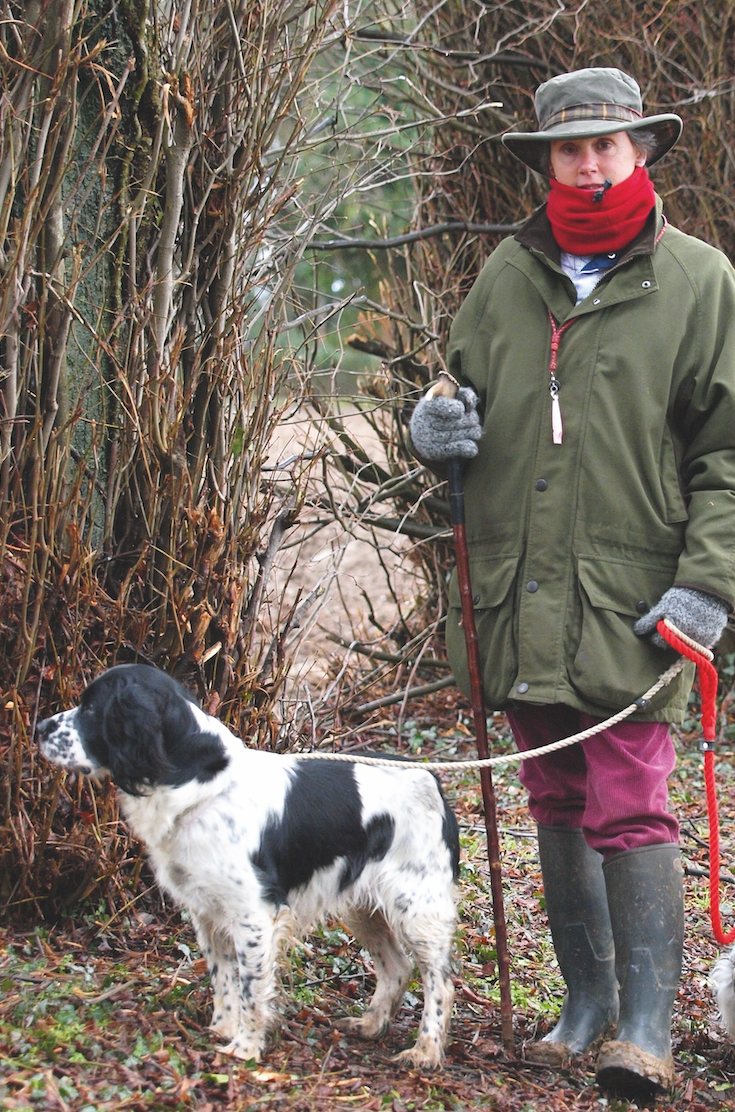
Using a slip lead
How to buy the right length slip lead
It’s easy to buy the wrong lead when shopping online. As a measure, a 1.2m slip lead on a spaniel is fine. Ideally it should be 10mm in diameter and 1.5m in length.Choose a brightly coloured lead so if you drop it in the grass it’s easier to find.
Using a slip lead when training a dog
Q: Can I train my gundog to stop running in? If I stop him he will sit for a while and then suddenly dart off to retrieve the bird
A: (Jeremy Hunt) Steadiness is the foundation of all gundog training. The only way to tackle it is to go back to basics and to address the situation that’s causing the problem.
I would think you have probably given your gundog too much dummy work. While he has seemingly learned to be steady in that situation, moving onto game triggers new temptations that he hasn’t been programmed to resist.
From now on you must never let your gun dog run-in to game. (Read teaching reliable gundog recall.)
Although it isn’t the sound of the shot that activates his misdemeanour, it’s obviously the excitement of a shoot day, the scent and anticipation of birds flying and falling around him that causes the problem. One which will be impossible to re-create in a home training situation.
- At home you could use dead game (preferably fresh killed after a shooting day) and work your gun dog hard on being steady to birds thrown.
- Have him on a slip lead but extend the length (attach two together) so that if he runs-in you can immediately pull him back briskly and assert your displeasure very firmly with harsh words.
- Don’t let your gun dog retrieve anything but keep up this training to ensure that he learns to resist any temptation.
- What you are actually trying to enforce is the clear notion that no matter how exciting they look, how good they smell or how feathery they are, these birds are absolutely nothing to do with him until he is told otherwise.
- It would be also be worth asking a friend to get their gun dog to retrieve some of these training birds to add an extra dimension to the lesson of steadiness while another gun dog works.
If you feel you have achieved the steadiness you require on the lead, you can then try your gun dog off the lead with a bird thrown low and close enough to allow you to intercept him should he break.
Only when you have achieved total steadiness in a non-shooting situation should you consider taking him back into the shooting field.
Even then I would leave your gun at home and just get your gun dog used to sitting next to you (on the slip lead) while all the action goes on around him. You will have to be firm with him if he starts to show any signs of unsteadiness.
You will know when you feel confident enough to take him shooting with you again, but when you resume just allow him to see one drive on the first few days and not to retrieve anything.
This article was originally published in 2014 and has been updated.
Save money by taking out a subscription to your favourite fieldsports magazine here
Related Articles
Get the latest news delivered direct to your door
Subscribe to Shooting Times & Country
Discover the ultimate companion for field sports enthusiasts with Shooting Times & Country Magazine, the UK’s leading weekly publication that has been at the forefront of shooting culture since 1882. Subscribers gain access to expert tips, comprehensive gear reviews, seasonal advice and a vibrant community of like-minded shooters.
Save on shop price when you subscribe with weekly issues featuring in-depth articles on gundog training, exclusive member offers and access to the digital back issue library. A Shooting Times & Country subscription is more than a magazine, don’t just read about the countryside; immerse yourself in its most authoritative and engaging publication.



